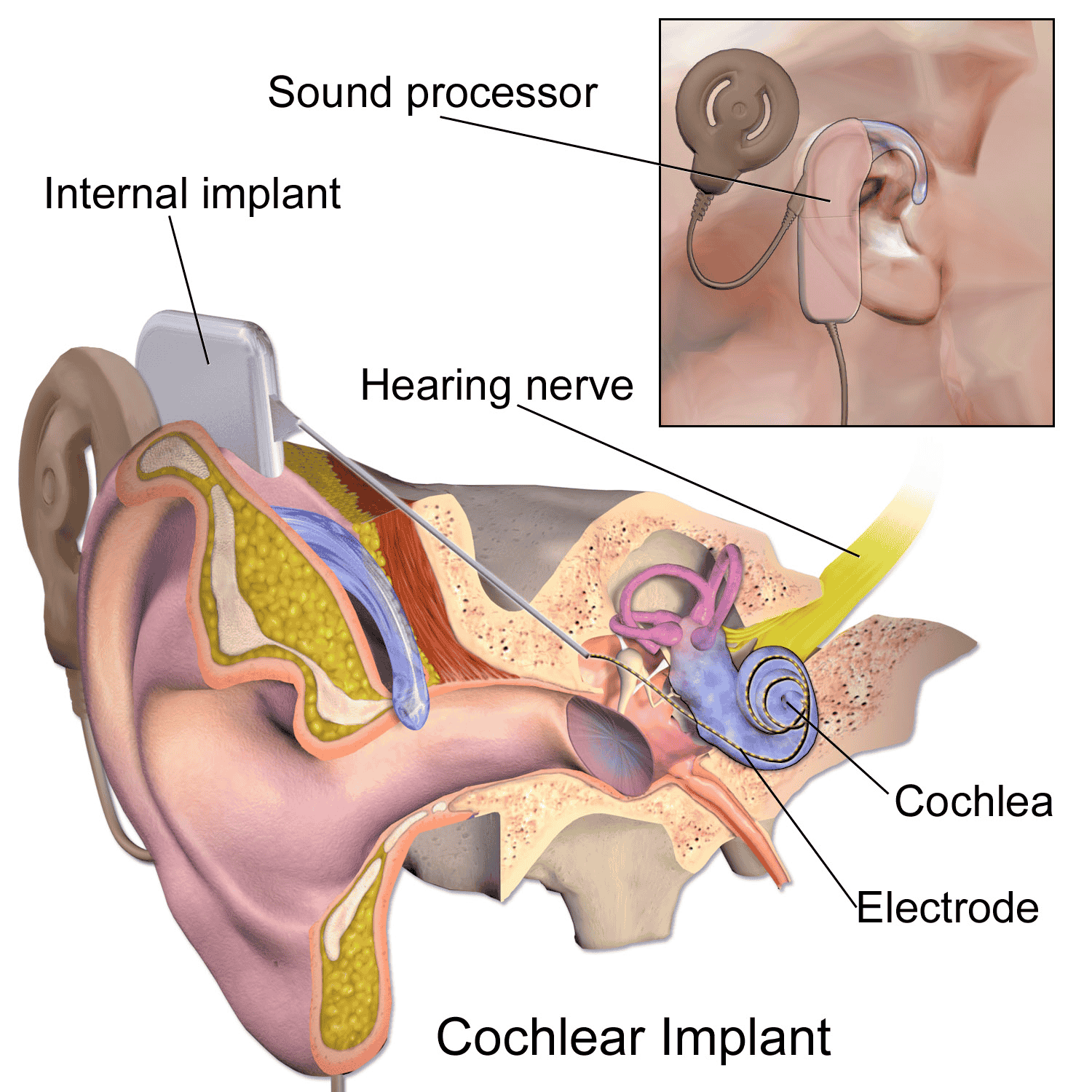
A cochlear implant is a small, complex electronic device that improves the sense of hearing in people who are profoundly deaf or have severe hearing difficulties. The implant consists of an external part that is located behind the ear and a second part that is surgically placed under the skin.
An implant does not restore normal hearing. However, it can provide a deaf person with a useful understanding of the sounds of the environment and improve their communication with the people around them.
Cochlear implant surgery is a medical procedure that is used to treat severe to profound sensorineural hearing loss or deafness in individuals who do not benefit significantly from traditional hearing aids. Cochlear implants are electronic devices that stimulate the auditory nerve directly, bypassing the damaged or non-functional parts of the inner ear (cochlea).
1.Severe or profound hearing loss
2.Severe to Profound Sensorineural Hearing Loss
3.Pre-Lingual Deafness
4.Single-Sided Deafness (SSD)